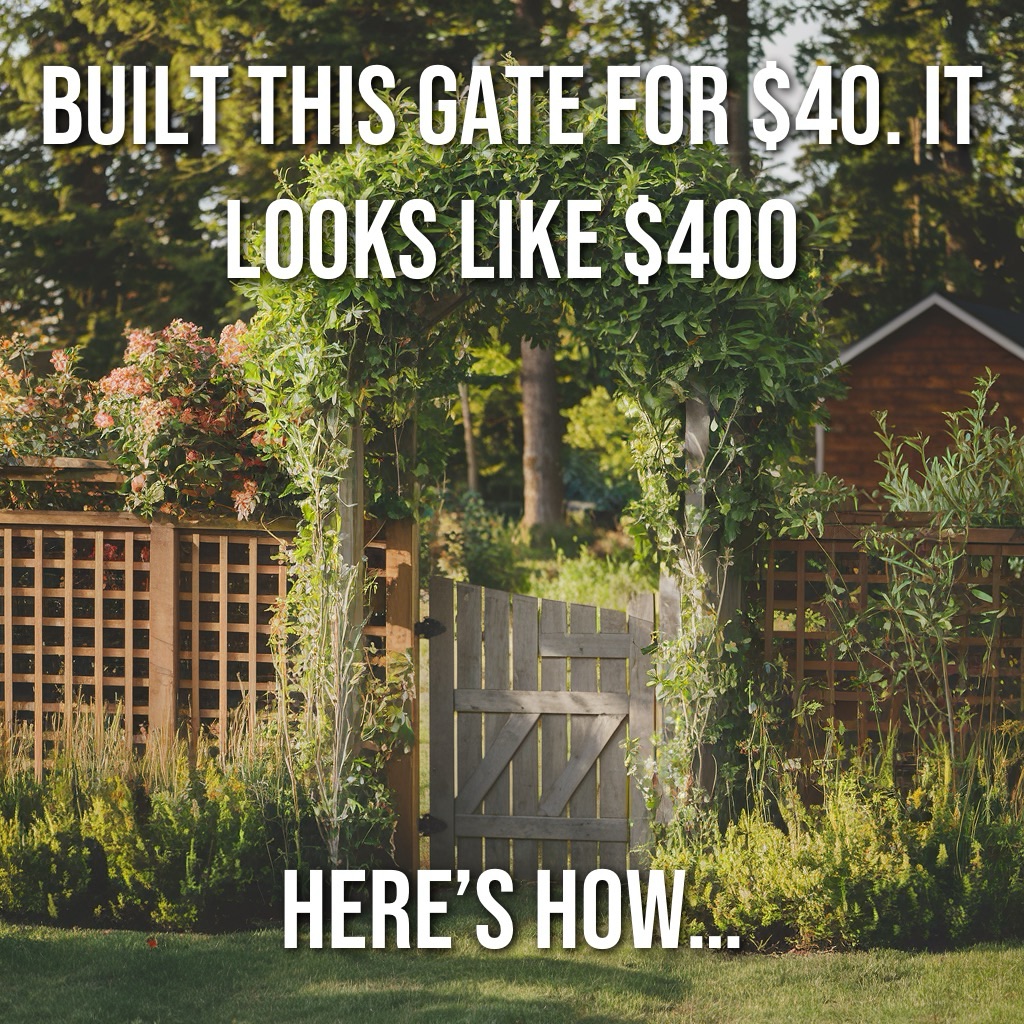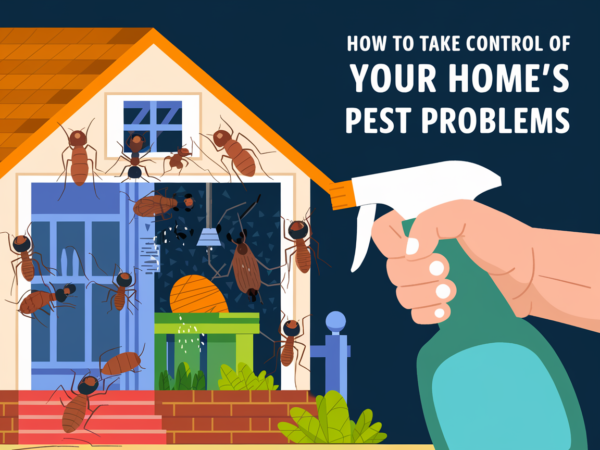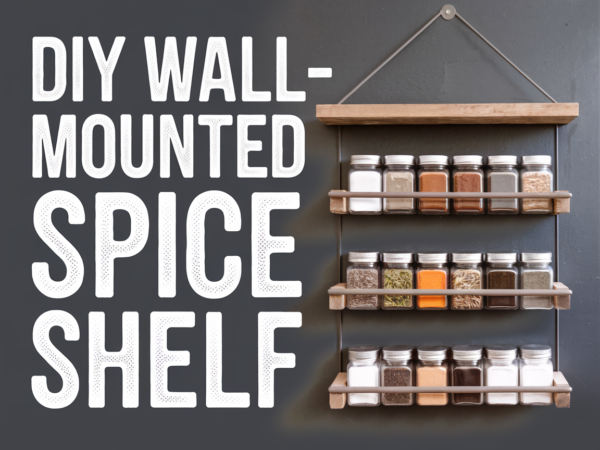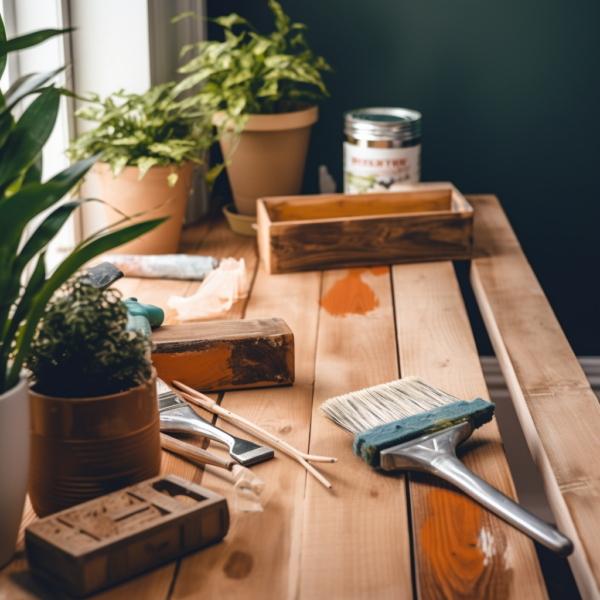
Rustic Gate, Big Impact (And It Was Cheap!)
One of the best backyard upgrades I’ve made didn’t cost much at all—just some leftover fencing and a Saturday afternoon. The result? A rustic wooden gate that instantly became the heart of our garden entrance.
I actually shared the full walk-through of that build (with photos and materials) over in this post: Transform Your Garden with These Wooden Gate Designs. If you’re thinking of adding a little character to your backyard, I highly recommend checking it out.
Why Wooden Garden Gates Feel So Right
There’s just something about walking through a wooden gate that makes the whole garden experience feel more personal. It’s not just a barrier—it’s an invitation. Over time, I’ve realized a wooden gate isn’t just functional—it becomes part of the story.
If you love that storybook charm, you’ll probably enjoy the gate-and-vine combo I put together in this article: Trellis, Vines, and a Gate That Feels Like a Storybook. It’s one of those setups that made my backyard feel like a hidden world.
What I’ve Learned About Gate Styles
When I first started building, I had no idea how many gate styles existed. From rough-cut barn-style to elegant arched-top designs, I’ve tried quite a few. The lattice-topped gate I built quickly turned into the favorite hangout for a stubborn clematis vine that had nowhere to grow before.
And if you’re interested in DIY arbors or backyard projects, don’t miss how I pulled off a full garden arbor for under $50: How I Built a Garden Arbor for Under $50. Adding that above the gate changed the whole feel of the space—and it’s easier than it looks.
Maintenance Lessons (Learned the Hard Way)
Let’s be honest—wood doesn’t last forever, especially when it’s sitting in wet soil or getting swallowed by overgrowth. I’ve had to fix leaning fences and swap out rotting boards more than once.
What helps? Staying on top of sealant, hardware, and airflow. In fact, if your fence or gate has started to tilt, check out my guide here: How to Fix a Leaning Wood Fence (Save Big!). It’ll save you time and money before things get worse.
And if you’re still trying to decide whether it’s worth saving or just easier to start over, I wrote another post to help you weigh that out: Should I Repair or Replace My Leaning Fence?
Keep It Affordable Without Looking Cheap
I built my first gate using scraps, a jigsaw, and basic strap hinges. And you know what? People still ask me where I bought it. I’ve learned that how you finish it matters more than what you spend.
Even something as simple as reusing old boards can work magic if you pair it with thoughtful layout and a bit of staining. If budget builds are your style, you’ll probably appreciate some of the other low-cost projects I’ve written about that seriously improved my yard: The One Backyard Feature I’d Never Skip Again
Don’t Forget About Tools
Building your own gate means you’ll need solid, reliable tools. I recently started using the Westinghouse EPX3500 electric pressure washer for my outdoor projects—great for cleaning up old wood before sealing or painting. I go into more detail in Why I Picked the Westinghouse EPX3500 for My DIY Projects, and I’d recommend it to anyone doing outdoor builds or maintenance.
Small Additions = Big Results
A gate doesn’t have to be extravagant to be beautiful. With the right plants, hardware, and finish, even a simple DIY gate becomes a feature you’ll admire for years.
Just remember—whatever you build, it should feel like you. Your yard, your vibe. And if you run into weird issues like bugs hiding behind the wood or strange flying pests during install, don’t ignore them. You might want to read Termite or Flying Ant? Spot the Signs Before Damage Hits—it helped me a ton when I spotted some critters around my fence posts.
As an Amazon Associate we earn from qualifying purchases through some links in our articles.



